Please Join Us to Celebrate Teamwork and Systems for Solving Complex Challenges
As part of our integrated core class, a diverse group of sponsors across industry, government, and NGOs have challenged student teams with real-world complex problems. The topics, teams, and sponsors can be seen in the schedule below.
Since January, these teams have leveraged system architecture, systems engineering, and project management principles and methods to address these problems. Starting by stepping back to view stakeholders and related systems, the teams conducted ideation workshops, refined models of problem and solution, generated a range of architectures, decomposed engineering subsystems, crafted validation strategies, and designed forward-looking implementation projects. On May 19 and 20, 2021, the 21 student teams will deliver their final, summarized recommendations.
This year, these presentations will be online. Across four sessions – two two-hour sessions on Wednesday and two sessions on Thursday — there will be live team presentations and breakout rooms. Each team will present for up to 12 minutes, followed by instructor Q&A. After three presentations, there will be a 15-minute break for informal discussion in breakout rooms on Zoom. Please note that in order to move between breakout rooms, your installation of Zoom must be updated to the latest version. For best results we also recommend using the Zoom application.
No pre-registration is necessary, and you are free to attend as many or as few sessions as your schedule allows.
Your support and feedback for these SDM Core Final projects are very welcome.
Presentation Schedule
Presentations will be held in in the main Zoom meeting room. If Zoom asks you for a password, please use SDMMIT. Click on the team name to find out more about the presentation. The presentations will be followed by individual team discussions during each hour in breakout rooms that you can join from the main Zoom meeting. Again, please make sure that Zoom is updated to the latest version in order to move between breakout rooms.
All times listed are in Eastern Daylight Time.
The Teams
| Time | Team: Project | Sponsor |
|---|---|---|
| Block 1, Wednesday, May 19th, 11:00 AM – 1:05 PM | Main Zoom Meeting | ||
| 11:05 | 39: H20 (Hydrogen-to-Omnia) | Ingersoll Rand |
| 11:20 | 29: Livin’ on the Edge | AI Sweden |
| 11:35 | 5: Paw Patrol | Boston Dynamics |
| 11:50 | Informal discussion in breakout rooms | |
| 12:05 | 1: Black Hole Sun | Harvard Smithsonian |
| 12:20 | 9: Custom(er) Ideation | Danfoss |
| 12:35 | 12: Plastics Enabled by Decomposition | Shell TechWorks |
| 12:50 | Informal discussion in breakout rooms | |
| Block 2, Wednesday, May 19th 5:00 – 7:05 pm | Main Zoom Meeting |
||
| 5:05 | 2: SyndicatedVoice | MITRE |
| 5:20 | 14: Bok Choyn | IBM Food Trust |
| 5:35 | 15: DAIA | |
| 5:50 | Informal discussion in breakout rooms | |
| 6:05 | 16: Quantum Drillers | Quaise |
| 6:20 | 19: Team Jenner | Gates Foundation |
| 6:35 | 20: Blac ICE | Philips Healthcare |
| 6:50 | Informal discussion in breakout rooms | |
| Block 3, Thursday, May 20th 9:00 – 11:05 am | Main Zoom Meeting |
||
| 9:05 | 13: Justice League | Shell TechWorks |
| 9:20 | 26: W@VE | NMRI, ENRI, MOL Shipping, Class NK |
| 9:35 | 4: Fantastic4 | Novanta |
| 9:50 | Informal discussion in breakout rooms | |
| 10:05 | 41: Area 41 | Rwanda Ministry of ICT |
| 10:20 | 7: Solid Gold | IHI |
| 10:35 | 31: WÅVE | VDL – Brainport |
| 10:45 | Informal discussion in breakout rooms | |
| Block 4, Thursday, May 20th 12:00 – 1:05 pm | Main Zoom Meeting |
||
| 12:05 | 21: Prometheus | TechNext |
| 12:20 | 38: Lobsta Space | Telesat |
| 12:35 | 37: tEEM Roboto | BLACK-i Robotics |
| 12:50 | Informal discussion in breakout rooms | |
| 1:05 | SDM Core Wrap-up Panel | |
| 2:00 | Afterparty with cohort and TAs (optional) | SDM Virtual Space |
Block 1, Wednesday, May 19th 11:00 am – 1:00 pm
Main Presentation Zoom Meeting
Team 39: H20 (Hydrogen-to-Omnia), Hydrogen infrastructure development for a carbon neutral society
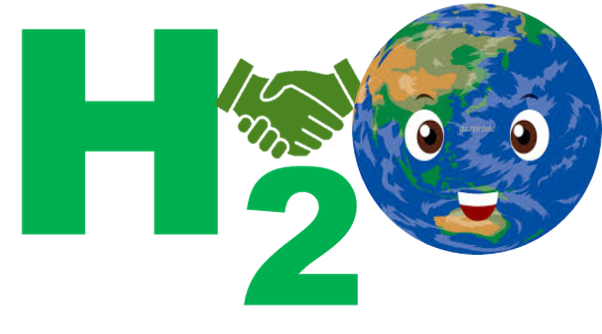
Sponsor: Ingersoll Rand
(1) Ending energy poverty whilst addressing global warning challenge using H2 (2) Competing against an incumbent, mature fossil fuel industry that is cost effective (3) Fast changing, dynamic industry with government supported projects being launched (4) Enable the mobility system of the future
Team 29: Livin’ on the Edge, Privacy and Data Management within Autonomous Driving
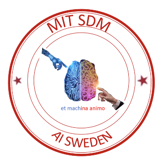
Sponsor: AI Sweden
Project is focused on the tension between the historically large amounts of data needed for ML development and growing concerns around data privacy and management. Team also uncovered the importance of quality data, and how this plays a very important role in all ML systems, inclusive of federated edge and traditional centralized methods.
Team 5: Paw Patrol, Industrial Inspection with Robots
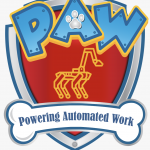
Sponsor: Boston Dynamics
Paw Patrol seeks to aid Boston Dynamics in maintaining hazardous oil and gas refinery operations without risking human safety by electromechanically inspection HF Alkylation units using a system including one or more properly equipped quadruped robot(s).
Team 1: Black Hole Sun, Next Generation Event Horizon Telescope

Sponsor: Harvard Smithsonian Astrophysical Observatory
The Next Generation Event Horizon Telescope is a global-scale system attempting to investigate fundamental aspects of black hole physics. Imaging black holes requires a telescope functionally the size of the entire Earth. This project investigates array and site-level architectural design and operations, and identifies potential risks to delivering the necessary capabilities for realizing black hole movies.
Team 9: Custom(er) Ideation, Power Management System Design Strategy
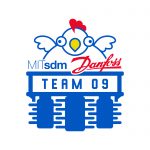
Sponsor: Danfoss
Creation of a strategy used to tackle the design of an off-highway power management system. The desired product is an all-encompassing, modern approach to design of Danfoss vehicle power management systems for integration into unique vehicles across multiple industries. Custom(er) Ideation explores possible strategies and concepts by applying them to a single vehicle design.
Team 12: Plastics Enabled by Decomposition, Cost-effective commercial scale facilities to recover and process plastic waste
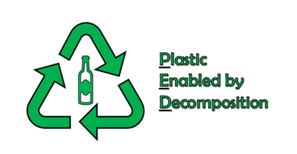
Sponsor: Shell TechWorks
Over 60% of plastic produced in the world today ends up in oceans or landfills. The proposed system will create a new value chain for plastic that was previously discarded as waste. The output from the system will be used to develop inexpensive feedstock for plastic plants in the hope of starting a circular economy.
Block 2, Wednesday, May 19th 5:00 – 7:00 pm
Main Presentation Zoom Meeting
Team 2: SyndicatedVoice, Digital AI voice assistants for virtual K-12 Education
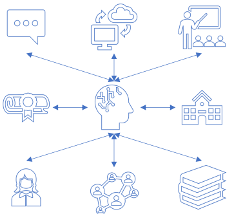
Sponsor: MITRE
Our challenge is to improve learning in K-12 at home education. The solution is an AI-powered voice assistant, that enables the student to engage in a conversational style, and can be used on any of your devices at home.
Team 14: Bok Choyn, Enhanced Food Traceability System
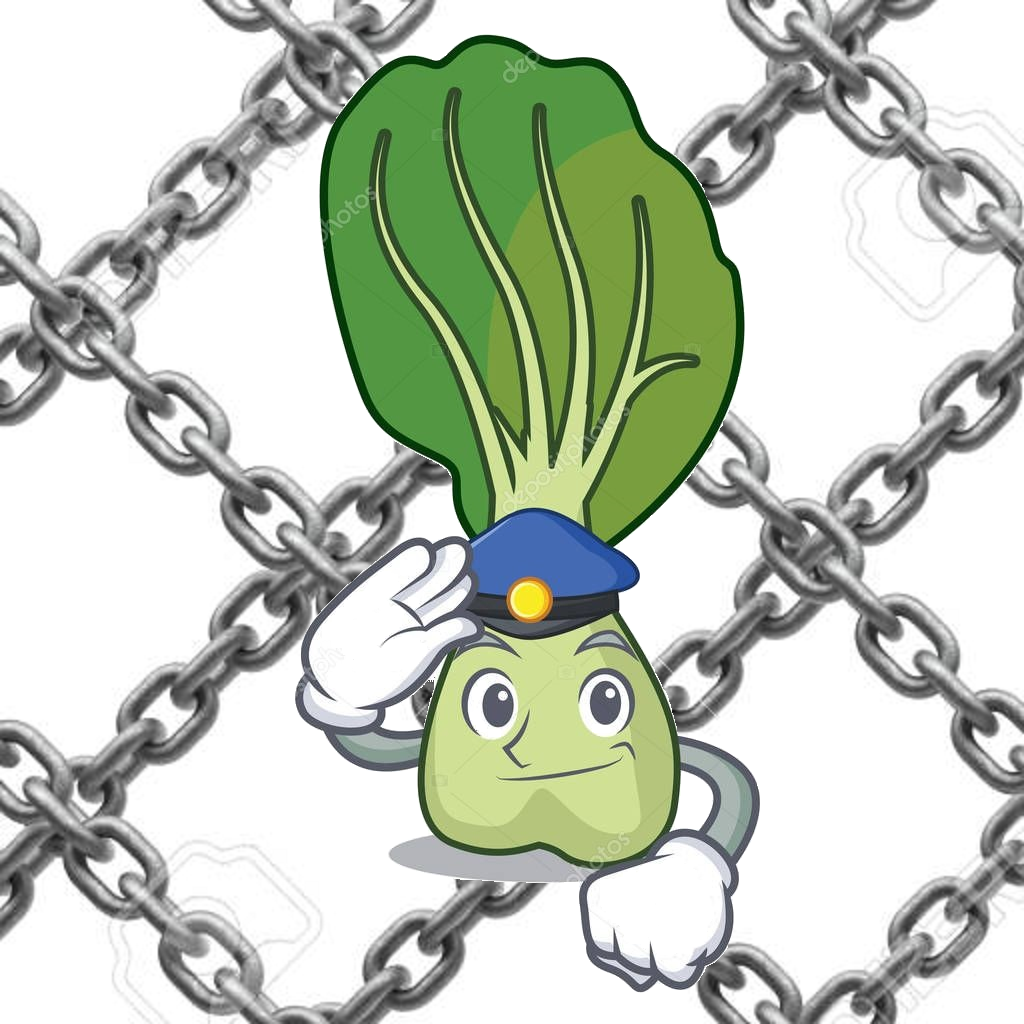
Sponsor: IBM Food Trust
Current US food traceability systems are insufficiently capable to provide rapid and reliable information on where your food comes from. We have applied System Architecture, System Engineering, and Project Management practices to address these challenges and then to propose improvements to an existing food traceability system.
Team 15: DAIA, Autonomous Data Center Rack Movement
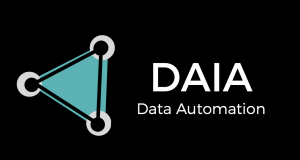
Sponsor: Facebook
To meet market demands Facebook posed the challenge of scaling up the deployment of assets within the data center and improve efficiency for the operating life of the building. To do this we evaluated possible architectures, operation, and execution of an Autonomous Guided Vehicle system to work in conjunction with operators to meet this challenge.
Team 16: Quantum Drillers, Race to the Core
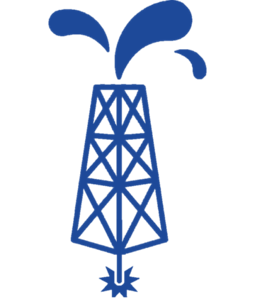
Sponsor: Quaise
Determine viable near term architecture for millimeter wave drilling to progress technology readiness level. Identify complexities to mitigate risks through research and development of deployment plans.
Team 19: Team Jenner

Sponsor: Gates Foundation
Designing an integrated control tower for managing vaccine distribution in developing countries, specifically in sub-saharan Africa.
Team 20: Blac ICE, Simplifying minimally invasive heart surgery with a single use 3D Intra-cardiac echo (ICE) ultrasound imaging catheter
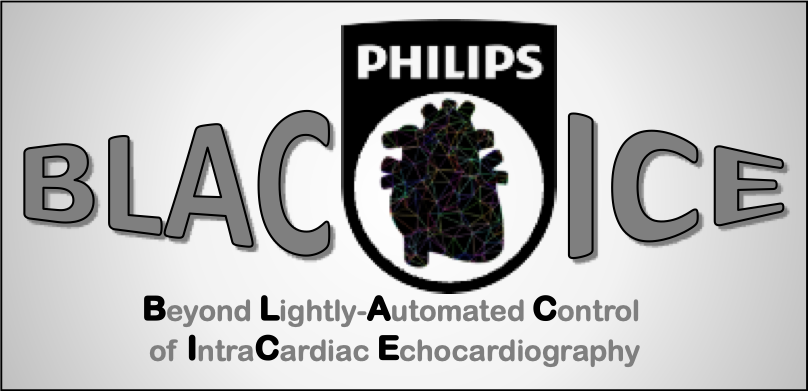
Sponsor: Philips Healthcare
Recommend technological enablers/workflow improvements to enable widespread adoption of a new 3D intracardiac imaging technology leveraging the existing product platform developed by Philips Healthcare. This is not just a technical challenge of system design, but more broadly a sociotechnical change to the Cardiac Intervention Team – asking surgeons to change what they do, and how they do it.
Block 3, Thursday, May 20th 9:00 – 11:00 am
Main Presentation Zoom Meeting
Team 13: Justice League, DECIST
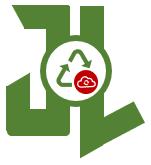
Sponsor: Shell TechWorks
Decarbonization of the steel industry requires striking a balance between the continued growing needs of industrial steel production and the cleaner production of recycled steel. The technologies to reduce polluting emissions already exist (for instance CCUS technologies) but the high capital costs and longevity of most foundry equipment means that it is very slow to propagate into the industry.
Team 26: W@VE, Digital Ocean

Sponsor: NMRI, ENRI, MOL Shipping and Class NK
The Digital Ocean Project will unveil how waves influence a ship’s lifespan by measuring structural fatigue. Integration of existing and emerging technologies in a dynamic and unforgiving environment pose significant hurdles to development. However, a systems approach reveals a modular architecture, two-phased development process and risk based decision making approach delivers a product with the greatest opportunity for success.
Team 4: Fantastic4, Robotic End-Effector Feedback System (REEFS)
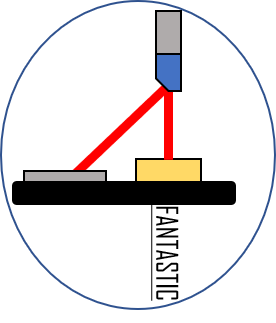
Sponsor: Novanta
The sponsor would like to bring a new position sensing technology from lab to market to replace an existing technology and maximize its applicability for rotary encoders. Following technical analyses and project evaluations, the team believes that a product platform based on modular architecture with additional sensing modalities will provide a competitive edge across various markets.
Team 41: Area 41, Area 41 Startup Ecosystem
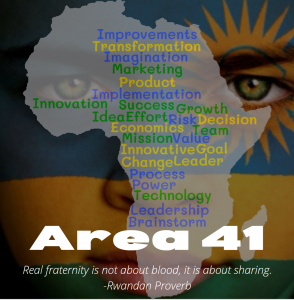
Sponsor: Rwanda Ministry of ICT and Innovation
The charge of the Area 41 team was to create content and delivery innovations that maximized the impact of the institutions initiatives, programs, activities, and services. In order to do this, the Area 41 team aimed to establish an information system that would meet the diverse needs of the Rwandan startup ecosystem and that allowed startups to easily access the resources made available to them.
The challenges related to the project are: ecosystem is very segmented, which often results in inefficiencies, redundant workflows, and lack of accessibility to stakeholders; promotion of collaboration, training, mentorship, and fund allocation; low venture capital funding; diverse stakeholder needs; communicating across several time zones; using required systems engineering techniques to analyze software, etc.
The insights related to the project are: web-based application form is the most appropriate form to reach and communicate effectively with all of the stakeholders; As the Rwandan Ministry of ICT and Innovation move forward with this project, the key to adoption will be the content. Content needs to be designed in such a way that it provides the stakeholders with a place to come and work on building their firm(s). Without the establishment of the product platform, the community building that the Ministry of ICT and Innovation is looking for would be impossible.
Team 7: Solid Gold, Managing uncertainty in the development of low-carbon hydrogen production

Sponsor: IHI
- Managing uncertainty in projects with low TRL technologies should be a layered and incremental approach that targets the variables with the highest impact on system performance.
- Mental models ad low TRL levels of hydrogen production technologies proved to be a key differentiator in conducting the system analysis.
- The evolution of nascent turquoise hydrogen production technologies is highly dependent on ongoing R&D efforts and climate-change policy.
Team 31: WÅVE
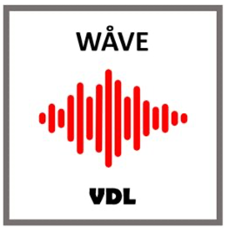
Sponsor: Brainport Eindhoven
Physics through the looking glass. How to take complex physics experiment from the lab to commercialization, Inverse Compton Scattering X-ray Generator. A system architecture and project mirrored approach.
Block 4, Thursday, May 20th 12:00 – 1:00 pm
Main Presentation Zoom Meeting
Team 21: Prometheus, Decision Support for Technology Selection
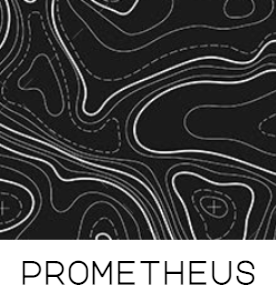
Sponsor: TechNext
TechNext discovered a method that enables technology selection through comparison of improvement rates among them derived using patent data. We recommend a system where this metric is correlated to meaningful outcomes of interest for technology decision makers.
Team 38: Lobsta Space, Passive Bi-static Radar
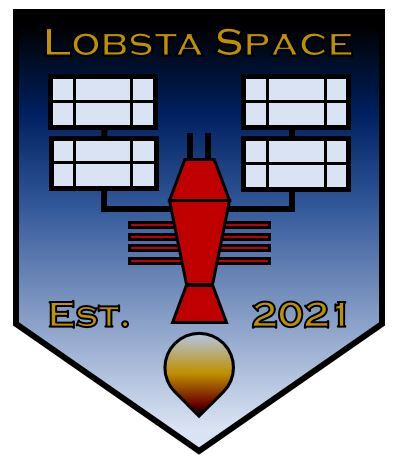
Sponsor: Telesat
Lobsta Space developed a conceptual development program for a technical system capable of leveraging the planned Telesat low earth orbit (LEO) broadband internet constellation to detect low observable objects in the atmosphere for aerial surveillance. Analysis of the system architecture, system engineering, and program management domains resulted in a development program structured to yield a prototype of the preferred technical solution that will reduce high uncertainty associated with this novel detection methodology.
Team 37: tEEM Roboto, Autonomous Heavy Lift Arms on Mobile Robots
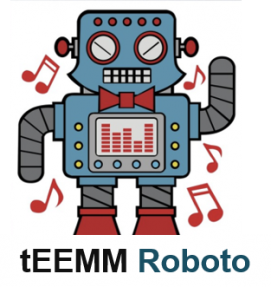
Sponsor: BLACK-i Robotics
Integration of an autonomous mobile arm on an autonomous mobile robot takes deliberate, careful planning to execute properly. Application of systems thinking and engineering management creates branches of decision making for the stakeholder that can otherwise be overlooked until much later in the design and production processes.
